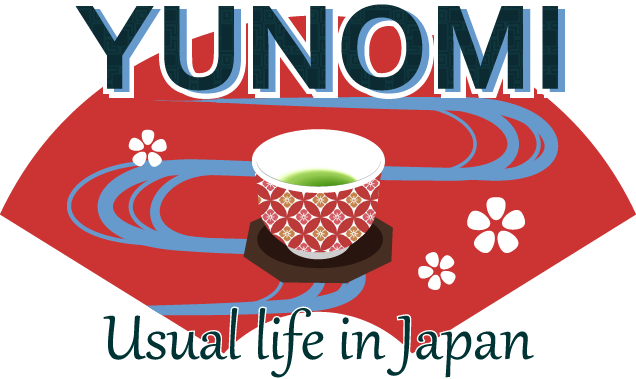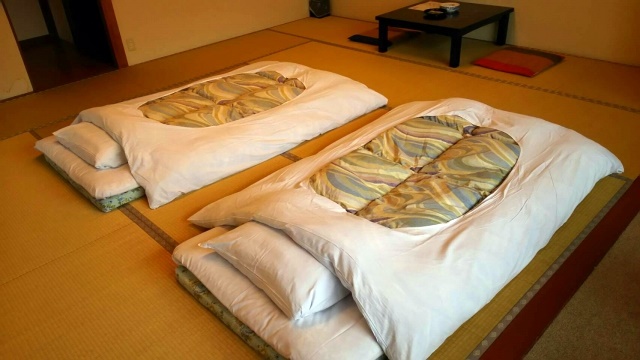Any idea about Japanese style bedding?
In fact, western style bedding is becoming popular more and more, but traditionally Japanese sleep on ‘Futon’ prepared in a Tatami room.
The word “futon' is used very loosely in English these days, referring to thick mattresses, duvets and sofa beds. The full futon set consists of several parts.
Futon set
A set of Futon bedding consists of a mattress, blanket/s, and a duvet as well as a pillow.
They are used with the covering for easy washing to keep them hygienic.
Futons are filled with cotton or feathers.
First, a thin mattress (mattress) is laid on the floor and a soft shikibuton (under-mattress) is placed on top of it. A shikifu (sheet) is spread over it. A kakébuton (quilt) is placed on top, thick in winter, and thin in summer.
 |
 |
The popular filling materials of Futon are: wool for the mattress for its breathability, woolen or synthetic fiber materials for a blanket, and down is preferable for a duvet for its light-weight. During the warm seasons, the thick blanket can be replaced with cotton, and the duvet can be omitted.
The makura pillow tends to be rather small and hard and is sometimes filled with buckwheat chaff, which is supposed to be cooling in summer.
A taoruketto toweling blanket is often placed between the shikifu and the kakébuton, and a mõfu blanket in winter.
Characteristic of Futon
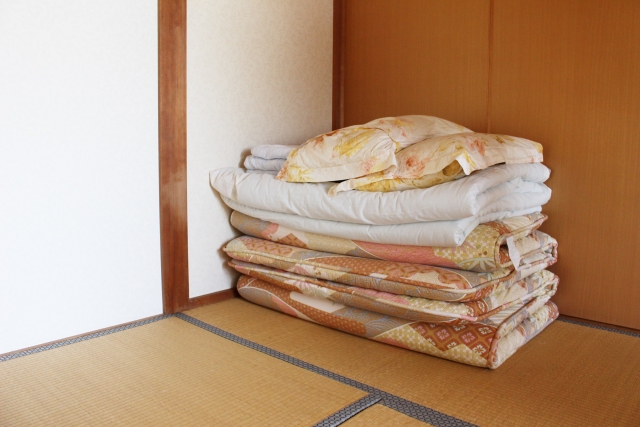
What is remarkable about Futon is that they can be folded and downsized to fit on a closet shelf, so that the space of the room is fully opened.
But don’t think it's like a sleeping bag. The comfort of Futon is genuine not temporary.
When you sleep again, pull the set out and arrange them on the floor – it’s even risk-free of dropping from the bed while sleeping.
Futon need maintenance
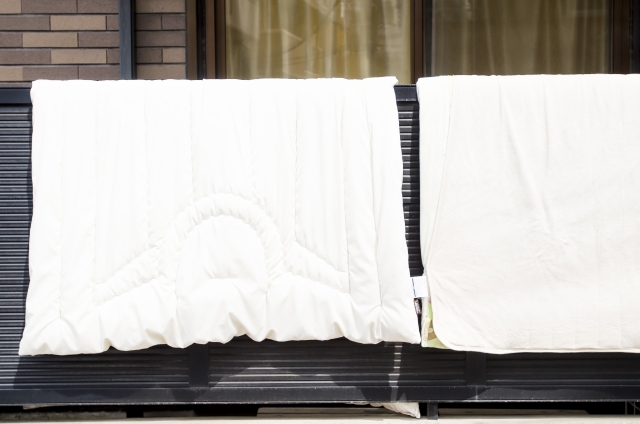
You need regular maintenance of Futon for healthy sleep.
As you know the human body releases a cupful of water while sleeping and your bedding has to absorb it, you would like to keep the Futon fresh by regular sunbathing or use ‘Futon dryer’ designed specifically for that purpose.
Try to visit a residential area on a nice sunny day; you will see numbers of Futons hung from the verandah and the windows of the houses and apartments – through some stylish apartments prohibit from doing not to look messy.
Futon after sunbathing, I assure is really cozy!
Fresh and crisp, and a feel of cleanness. It makes sense that people don’t mind doing that task which is quite a labor.
Direction of sleep

Traditionally Japanese don't sleep with their head facing north, the direction used for corpses. However, these days you may have no choice of direction because of the room structure, especially if you're living in a city.
There are even people who deliberately sleep with their head facing north; they think it's lucky in the same way that some Westerners deliberately choose
Are you interested in trying a Japanese bed?
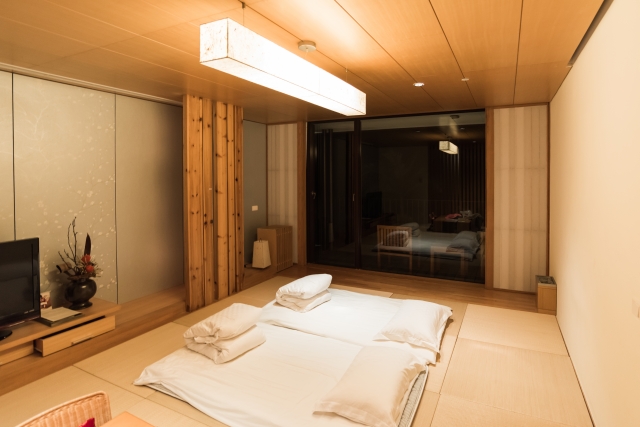
If you stay at traditional Ryokan inns, you will sleep on it.
Advice
A futon has no headboard, so many tall foreigners have trouble with their pillow falling off the edge during the night. It may be advisable to put a bag near your pillow to prevent this, like Ponting did 100 years ago, or move the futon against the wall.
Regular inn futon tend to be no longer than 190 cms, so you may well find your feet protruding at the end; in winter, ask for an extra blanket!
